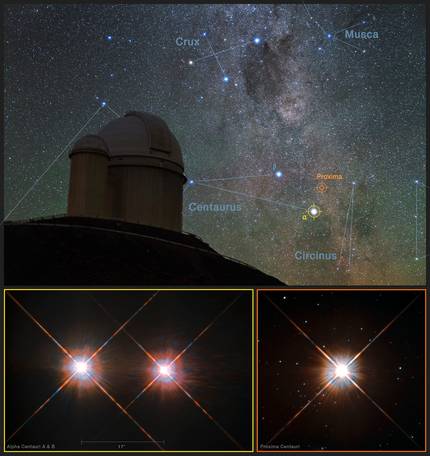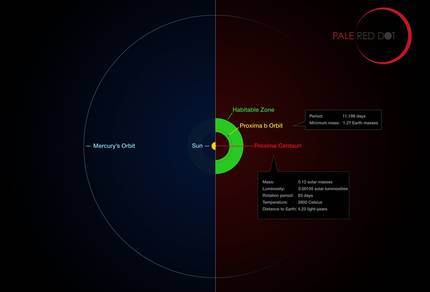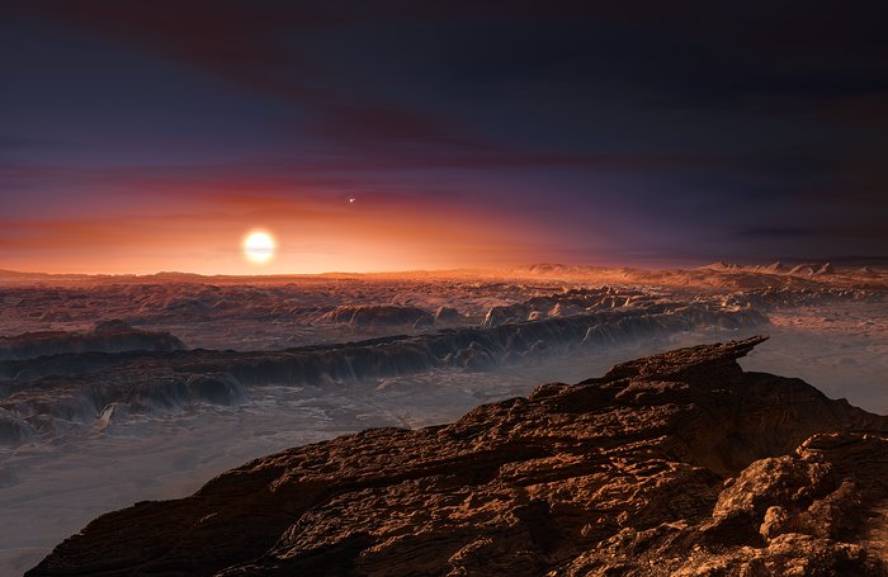They have detected a planet similar to Earth, in the star closest to us
In addition to the publication of the article on Proxima b in the journal Nature (A terrestrial planet candidate in a temperathleticaround Proxima Centauri), they have offered a press conference. Thus, the news has had a great impact; for example, in the NASA press release, Paurl Hertz, head of the Department of Astrophysics, congratulates ESO for “the discovery of this mysterious planet that has awakened the hope and imagination of the world”. Precisely, the planet has possibilities of being habitable and being relatively close to us can be a boost for missions outside the solar system.
Discovery sought

Within the project Weak Red Point (Pale Red Dot) has been located the planet Proxima b, objective of the project: Detect possible planets around the Proxima Centauro. The proxima is next to the stellar pair Centauri Alfa Centauri AB and is a red dwarf. Its temperature relative to the Sun is relatively low (3,050 kelvin), emits less light and is much lower.
They have not directly observed the planet, but have detected changes in the star using the Doppler or radial velocity method. They have thus concluded that around the star there is a planet. The first traces were collected in 2013, when the project Red Point Ahul was designed. Two Chilean spectrographs have used the data collected to confirm that the footprint is solid: HARPS and UVES.
Analyzing all the data, they conclude that the planet Proxima b is larger than the Earth (its mass is at least 1.27 times greater than that of the Earth), is much closer to its star (7.5 million kilometers, 5% of the distance from Earth to the Sun) and takes 11 days to form an orbit around it (one year).
It is considered habitable

However, the most outstanding feature is that it can contain liquid water. This means that you have possibilities of being habitable. However, they still do not know if it has other characteristics necessary for life: the atmosphere, the magnetosphere... because being a star a red dwarf, it emits much energy and many X-rays, so if there is no solid magnetic field and a compact atmosphere, it would be impossible for there to be living beings in it.
In any case, some already advance that this discovery will give a boost to missions outside the solar system, as well as those seeking an alien life. This was stated by Chief Investigator Guillem Anglada-Escudé: “Now the search for life begins.”





